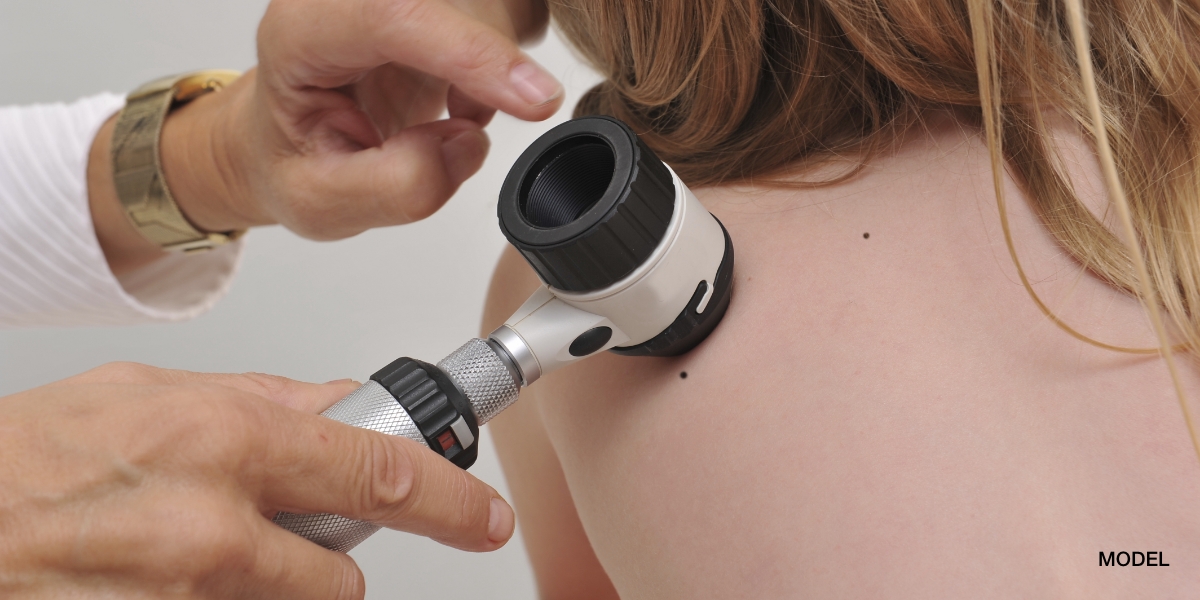June 25, 2025
When you make an appointment with a medical dermatologist, you take an essential first step toward ensuring your skin’s health. A medical dermatologist doesn’t simply focus on the outer appearance of your skin—instead, they take a holistic approach, looking for signs that could point to an underlying health concern. At Perri Dermatology in The Woodlands and Conroe, Texas, we understand the role of skin health in your overall wellness. Let’s examine the medical elements a dermatologist looks for when examining your skin.
The Initial Evaluation: Your Skin and Your Health
A thorough, yearly skin evaluation by a medical dermatologist begins with a comprehensive overview of your general health. The dermatologist will ask about your habits, such as your current skincare regimen, sun exposure, and lifestyle factors that could affect your skin, like smoking. They will also inquire about your family history, as certain skin conditions, including skin cancer, can be hereditary.
Additionally, you’ll discuss any recent changes you may have noticed in your skin, such as new moles, rashes, or unexplained irritation. This helps the dermatologist understand your unique skin health needs and provides context for their exam.
The Dermatologist’s Physical Exam: What They Look For
Once the medical dermatologist has gathered your history, the physical exam begins. They will carefully examine your skin, looking for changes in texture, tone, and appearance. They will also check for any unusual moles or skin growth, focusing on characteristics like size, color, and shape. Moles that are asymmetrical, have irregular borders, change in size or color, or have multiple colors could indicate potential concerns, including melanoma.
By identifying these early signs, a dermatologist can help detect skin cancer before it spreads, significantly improving your chances of successful treatment.
The Role of Biopsies in Skin Evaluations
In some cases, the dermatologist may recommend a shave biopsy of a mole or skin growth to further investigate. While not every growth requires a biopsy, this step is important for accurate diagnosis and care. This involves removing a small sample of tissue, which is then examined under a microscope to determine if abnormal cells are present. These procedures are quick, easy, and done in a comfortable manner. Most patients report minimal discomfort, if any.
Post-Evaluation Recommendations and Next Steps
After your skin is evaluated, your medical dermatologist will discuss their findings and provide recommendations. This could entail lifestyle changes, such as using sunscreen, and treatment options like topical medications. If specialized care is required, your dermatologist will provide you with a referral.
A Medical Dermatologist Helps Maintain Your Health
If you’re concerned about your skin health or simply need to schedule an annual exam, visiting a medical dermatologist is a proactive way to take charge of your health. The specialists at Perri Dermatology in The Woodlands and Conroe, Texas, are happy to guide you through a comprehensive skin evaluation. Learn more about how to ensure your skin remains healthy and vibrant.




